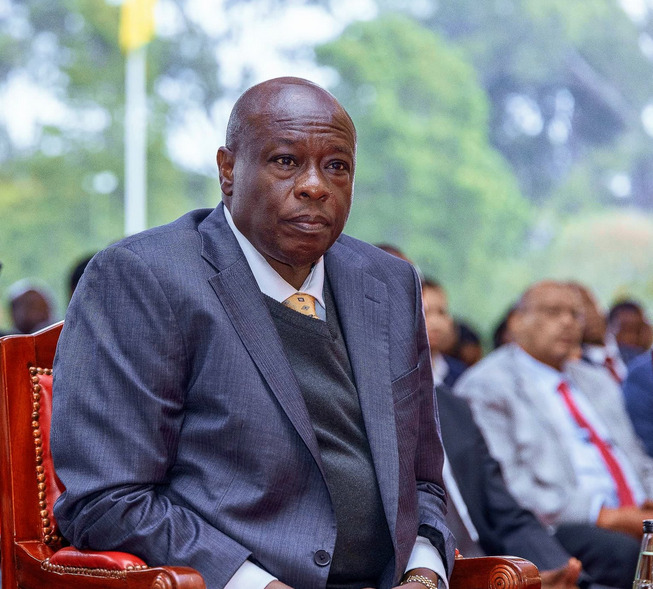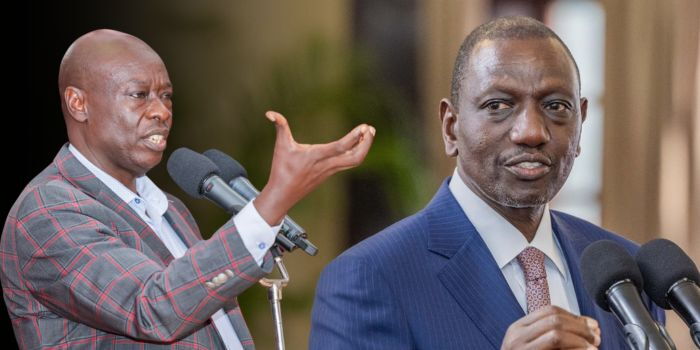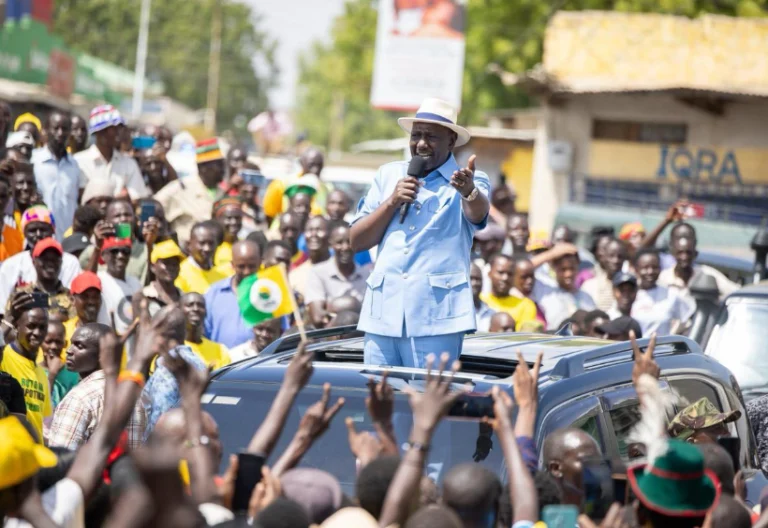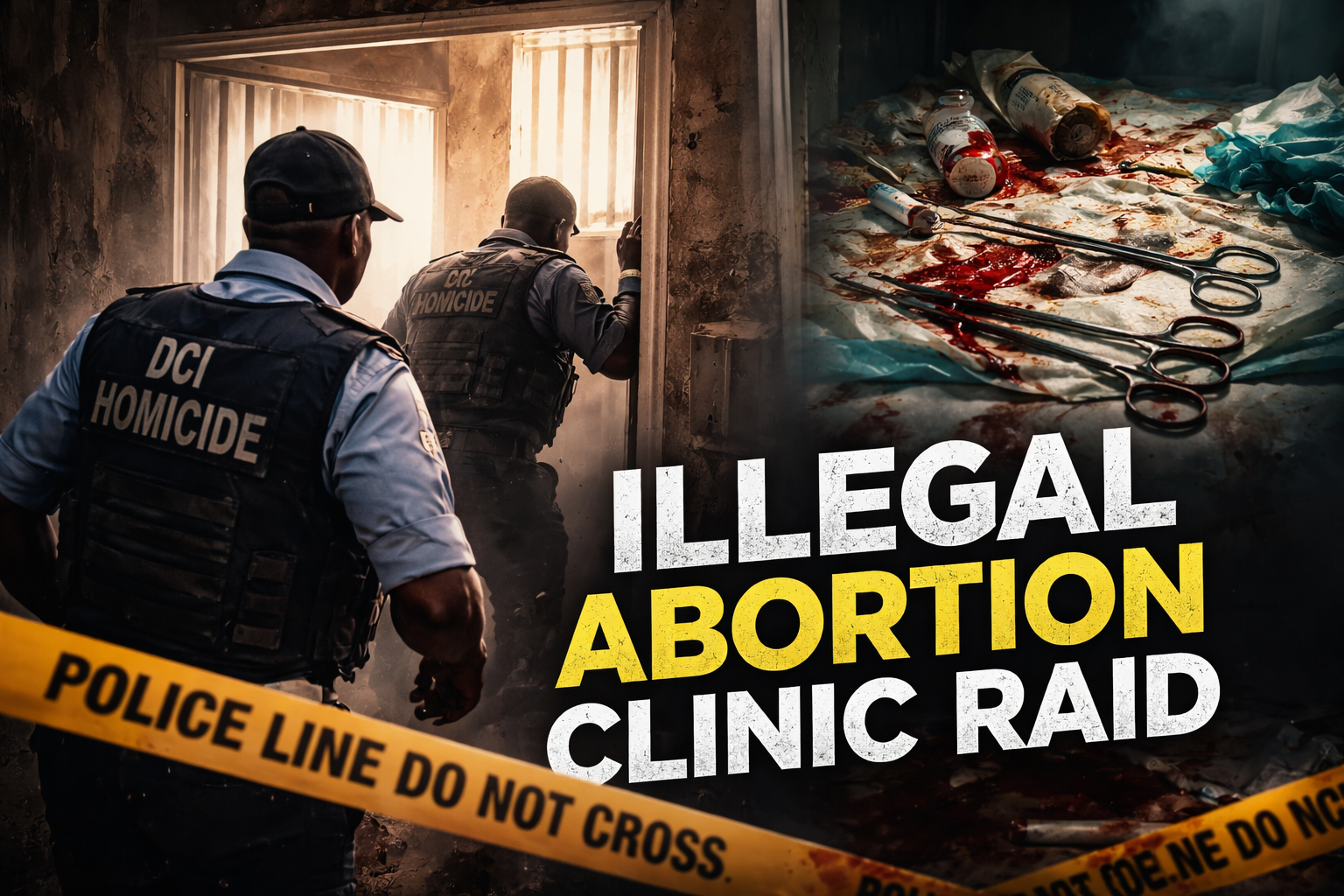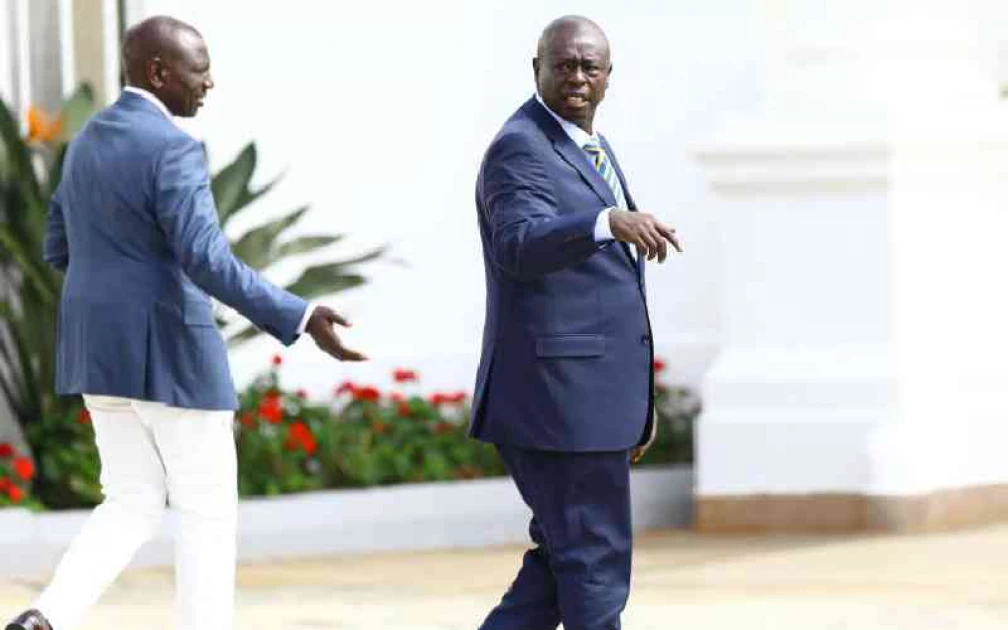
President William Ruto and his deputy, Rigathi Gachagua, are facing a growing cold war. Gachagua’s political ambitions clash with Ruto’s leadership. Gachagua is known for advocating for unity in the Mt Kenya region. He has been accused by Ruto’s allies of engaging in regional politics instead of fostering national unity.
The tension between the two has escalated. Gachagua’s absence at a recent church service attended by Ruto signals a wider rift.
The political rift between Ruto and Gachagua was further highlighted. Gachagua decided to attend a different church service in Kirinyaga County. He chose this instead of hosting Ruto in his Nyeri backyard.

This move, along with Gachagua’s allies defending him against political attacks, underscores the deepening divide between the two leaders.
Additionally, Gachagua’s effort to solidify his position in Mt Kenya politics was hindered. This occurred because 69 MPs pledged allegiance to Interior CS Kithure Kindiki. They sidelined Gachagua despite his seniority in the region.
President Ruto’s close allies have publicly criticized Gachagua’s leadership role, with some even calling for his removal from the government. The tension between the two leaders has been brewing. This is due to Ruto’s absence at various events hosted by the President.
These include the arrival of foreign dignitaries and the President himself from international trips. The strained relationship between Ruto and Gachagua has raised concerns about the future of their political alliance. Their strained relationship also impacts Kenya’s political landscape.
The rift between President Ruto and Deputy Gachagua continues to widen. As a result, the political dynamics within the Kenya Kwanza administration are shifting. Gachagua’s aspirations for Mt Kenya politics conflict with Ruto’s leadership style.
This is leading to a growing divide that has implications for the unity of the country. The power struggle between the two leaders and their respective allies is reshaping the political landscape in Kenya. It is setting the stage for potential changes in leadership dynamics and alliances soon.


